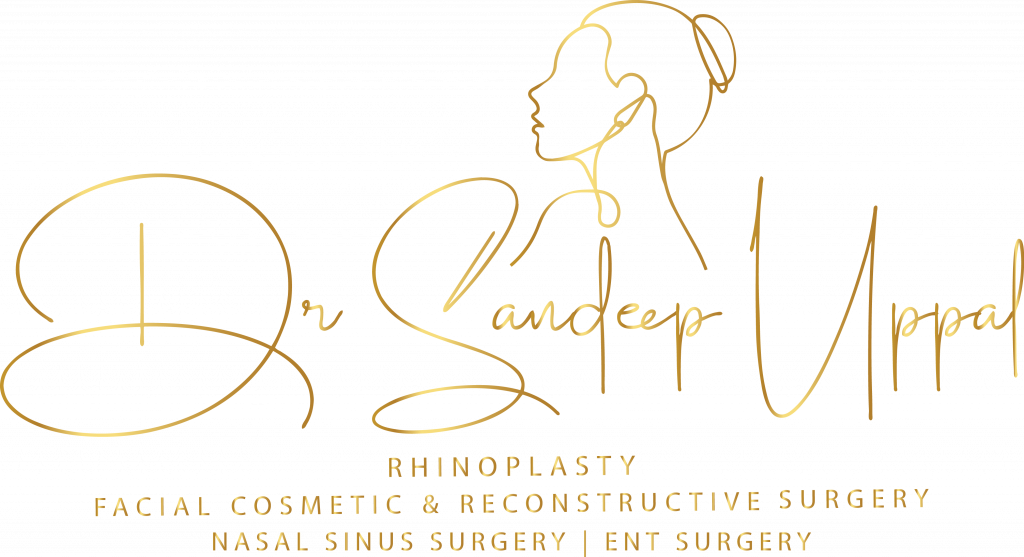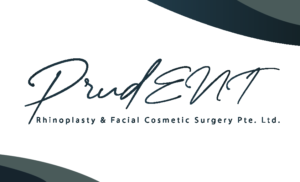LIQUID RHINOPLASTY
Refine Your Profile, No Surgery Required: Experience Liquid Rhinoplasty!
Refine Your Profile, No Surgery Required: Experience Liquid Rhinoplasty!
‘Injectable nose jobs’, more formally known as liquid rhinoplasty or injection rhinoplasty, are non-surgical procedures that use dermal fillers to modify the nose’s shape or address certain imperfections or smooth out irregularities without the need for invasive surgery. Instead of undergoing surgery, patients can see changes through injections, making it a popular choice for those seeking less invasive options. However, while it offers a quick fix, it’s essential to understand its scope, benefits, and limitations.
BENEFITS OF 'LIQUID RHINOPLASTY
- Minimally Invasive: No surgery is involved, which means no incisions, scars, or prolonged recovery time.
- Immediate Results: Changes are visible right after the procedure.
- Reversible: If the results are not satisfactory, certain fillers can be dissolved using an enzyme called hyaluronidase.
- Short Procedure Time: Typically takes less than an hour.
LIMITATIONS OF LIQUID RHINOPLASTY
- Temporary: The results are not permanent. Depending on the filler used, results can last from 6 months to 2 years.
- Limited Scope: Liquid rhinoplasty can fill in and reshape, but it can’t reduce the size of the nose or correct significant structural issues or nasal blockage.
- Risk of Complications: Though rare, there can be complications like vascular occlusion where the filler blocks a blood vessel leading to serious complications like loss of skin and scarring and rarely blindness.
IDEAL CANDIDATES
Individuals looking for subtle changes or those who are considering surgical rhinoplasty and want to “test” potential changes might find liquid rhinoplasty beneficial. It’s also suitable for those who want a quick fix without the downtime associated with surgery.
LIQUID RHINOPLASTY PROCEDURE
Using injectable fillers, usually made of hyaluronic acid (like Juvederm or Restylane), specific areas of the nose are targeted to achieve desired changes. This can include filling in depressions, smoothing out bumps, augmenting the dorsum or even lifting the tip of the nose. Here’s a step-by-step breakdown of the procedure:
CONSULTATION
The first step involves a thorough consultation with a qualified practitioner. During this session, the patient’s goals, the suitability of the procedure, potential risks, and expected outcomes are discussed.
INFORMED CONSENT
The patient is informed about the risks, benefits, potential complications, and the alternative management options available for their particular needs.
PREPARATION
The nose and surrounding area are cleaned with an antiseptic solution to minimize the risk of infection. A topical numbing cream may be applied to the nose to reduce discomfort during the injection process.
MARKING
Dr Sandeep may mark specific points on the nose to guide the injection process and ensure precision.
INJECTION
Using a fine needle or cannula, the chosen dermal filler (commonly hyaluronic acid-based fillers like Juvederm or Restylane) is carefully injected into precise locations on the nose. The practitioner may mould or shape the filler by gently massaging the area.
The amount of filler used, and the injection points will vary based on the patient’s desired outcome. For instance, fillers can be used to smooth out a dorsal hump, lift the nasal tip, or fill in depressions. The procedure usually takes less than an hour.
POST-INJECTION
Once the desired shape is achieved, the practitioner will clean off any markings. Cold compresses might be applied to reduce potential swelling or bruising.
POST-PROCEDURE INSTRUCTIONS
Patients are typically advised to avoid strenuous activities, direct sun exposure, and wearing glasses or sunglasses that rest on the nose for a specified period. Touching or pressing the nose should be minimized to allow the filler to settle.
FOLLOW-UP
A follow-up appointment may be scheduled to assess the results, address any concerns, and determine if additional filler or adjustments are needed.
RESULTS
Results are immediate, but there might be some initial swelling or bruising. The results of liquid rhinoplasty are temporary, typically lasting between 6 months to 2 years, depending on the filler used and individual factors, the filler will eventually be absorbed by the body. This means the procedure will need to be repeated to maintain the desired results.
POTENTIAL RISKS AND COMPLICATIONS
While liquid rhinoplasty, or non-surgical nose job, is a less invasive alternative to traditional rhinoplasty, it is not without risks. Here are some potential complications and risks associated with the procedure:
- Swelling and Bruising: It’s common to experience some swelling or bruising at the injection sites, which usually subsides within a few days.
- Asymmetry: There’s a possibility that the filler may not be distributed evenly, leading to an asymmetrical appearance.
- Infection: As with any procedure that breaks the skin, there’s a risk of infection, although it’s relatively rare.
- Nodule Formation: Small lumps or nodules can form if the filler clumps together or if too much filler is injected.
- Overcorrection: Too much filler can lead to an overcorrected or unnatural appearance.
- Migration: The filler can sometimes move from the original injection site, leading to unwanted changes in the nose’s shape.
- Vascular Complications: One of the more serious risks is the inadvertent injection of filler into blood vessels. This can lead to complications like vascular occlusion, where the filler blocks a blood vessel. In rare cases, this can cause skin necrosis (death of skin tissue) or even blindness.
- Scarring: In rare cases, the procedure can lead to scarring, especially if there’s an infection or skin necrosis.
- Allergic Reactions: Some people might have allergic reactions to the filler material, though this is rare with hyaluronic acid-based fillers.
- Skin Discoloration: There can be a change in skin colour (either hyperpigmentation or hypopigmentation) at the injection site. Sometimes there may be a bluish hue visible through the skin (Tyndall effect). If the Tyndall effect occurs after a filler treatment, it can be addressed by dissolving the filler with an enzyme called hyaluronidase and then possibly re-injecting at a deeper level or using a different type of filler.
- Adverse Reaction to Filler Dissolution: If there’s a need to dissolve the filler using hyaluronidase (an enzyme that breaks down hyaluronic acid), there’s a small risk of an adverse reaction to the enzyme.
It’s crucial to choose a qualified and experienced practitioner like Dr Sandeep for the procedure to minimize these risks. A thorough consultation before the procedure can help set realistic expectations and ensure that the patient is well-informed about potential complications.
IMMEDIATE RESULTS, IMPECCABLE CARE: RESERVE YOUR LIQUID RHINOPLASTY SESSION TODAY!
Reimagine your profile with the subtle art of liquid rhinoplasty.
If you’re contemplating enhancements such as smoothing out bumps or refining the bridge of your nose without the commitment of surgery, consider a consultation with our expert in rhinoplasty, Dr Sandeep.
Discover how non-surgical rhinoplasty can make a significant difference, offering you immediate and impressive results. Schedule your visit now to start the journey toward a more harmonious and confident you.


